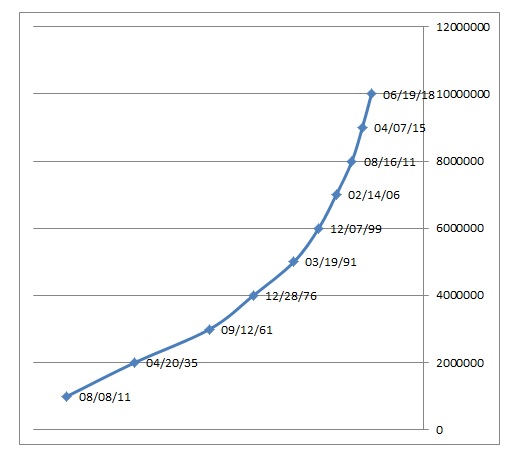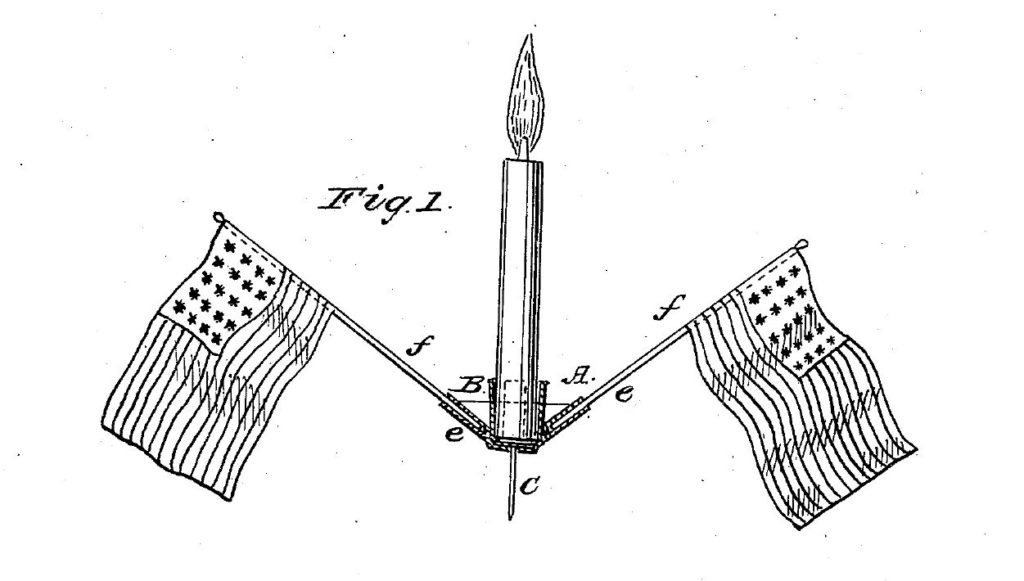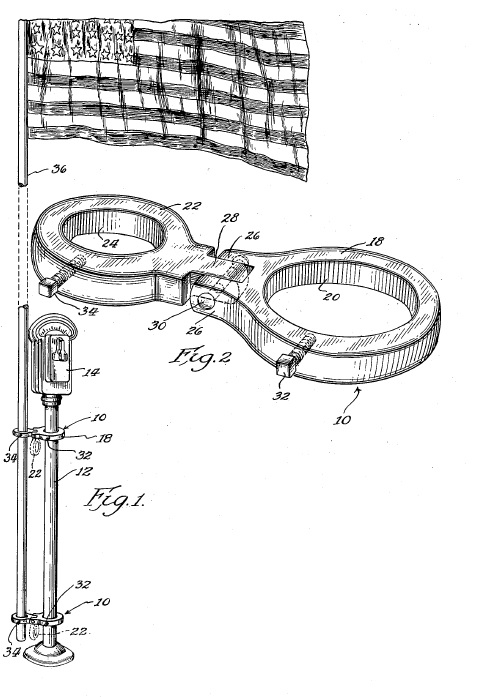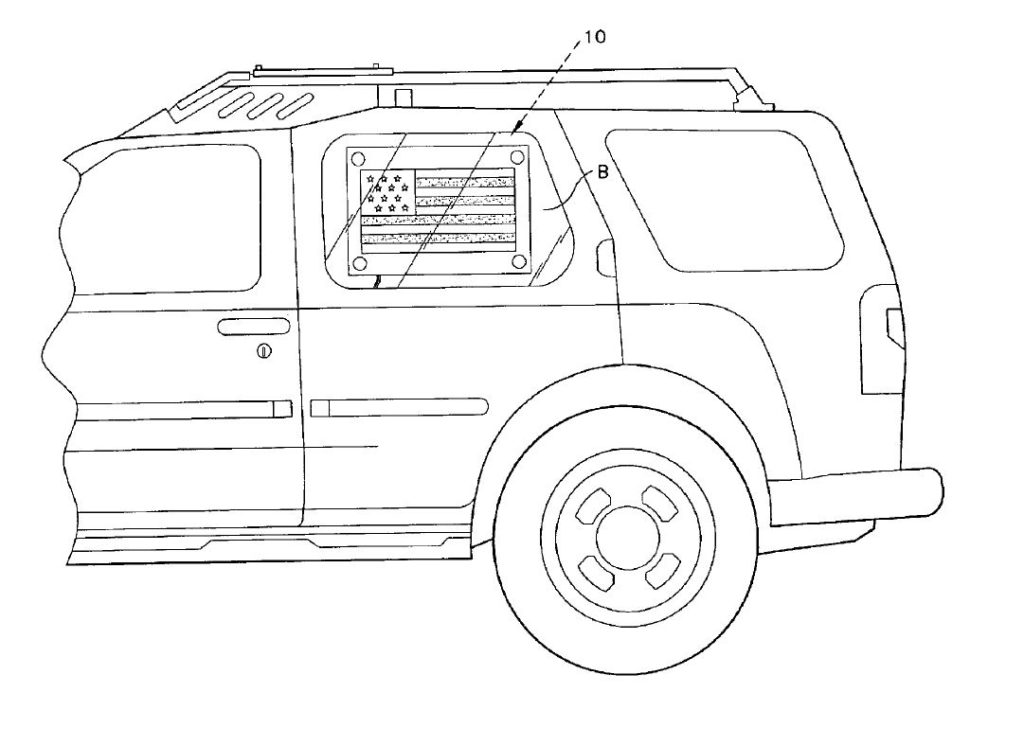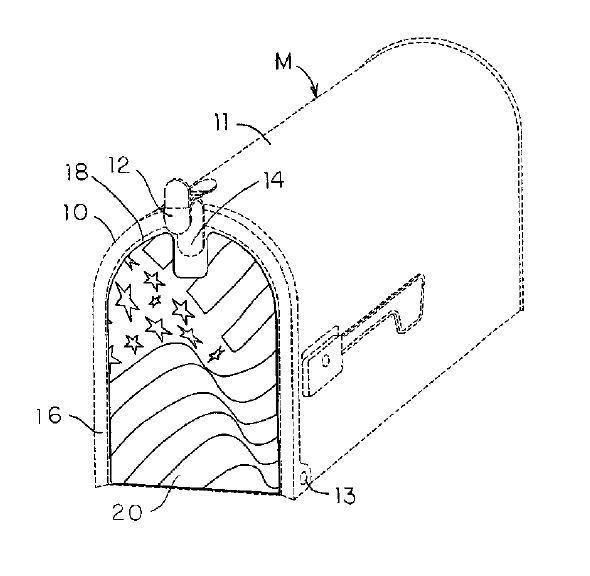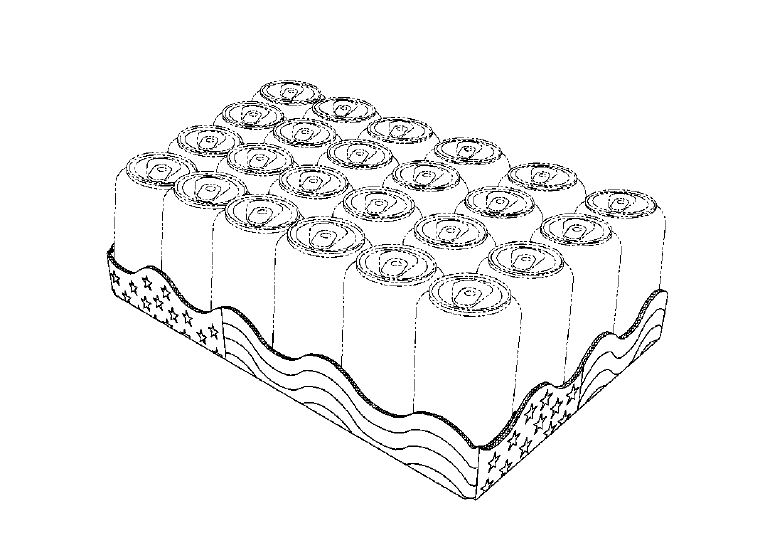In Apple Inc. v. California Institute of Technology, IPR2017-00297, Paper 66, (June 29, 2018), the PTAB, en route to finding claims 19-21 of U.S. Patent No. 7,916,781 invalid, also denied the Patent Owner’s Motion for Sanctions. Patent Owner’s Motion (Paper 40) complained that “[d][uring cross-examination of Caltech’s witnesses, Dr.
Mitzenmacher and Dr. Divsalar, Petitioner repeatedly failed to stay within the
proper scope” which “violated numerous Board rules and orders, and was an abuse of the discovery process.” The Patent Owner noted that the cross examination of Dr. Divsalar’s 16-page declaration generated over 280 pages, and a wide range of topics. In sign of excellent witness preparation, “Dr. Divsalar reminded counsel over 100 times that questions were being directed to subject matter not discussed in his declaration.” Patent Owner had similar, but not as extensive complaints about the cross examination of Dr. Mitzenmacher, who was Patent Owner’s primary witness and submitted four declarations.
The Board during a conference call, indicated that “a typical remedy is to give no weight to such improperly elicited testimony,” but Patent Owner correctly pointed out in its motion that without further sanctions, “future parties will not be deterred from flouting the Board’s rules when the only risk is not gaining an advantage.”
In its Final Written Decision, the Board found that sanctions were not warranted because petitioner’s attempts to elicit testimony “while inartful” did not rise to the level of sanctionable conduct because they were reasonably related to the direct testimony. Ultimately, the Board adopted a no-harm, no-foul policy, finding sanctions unwarranted because patent owner suffered no harm.

